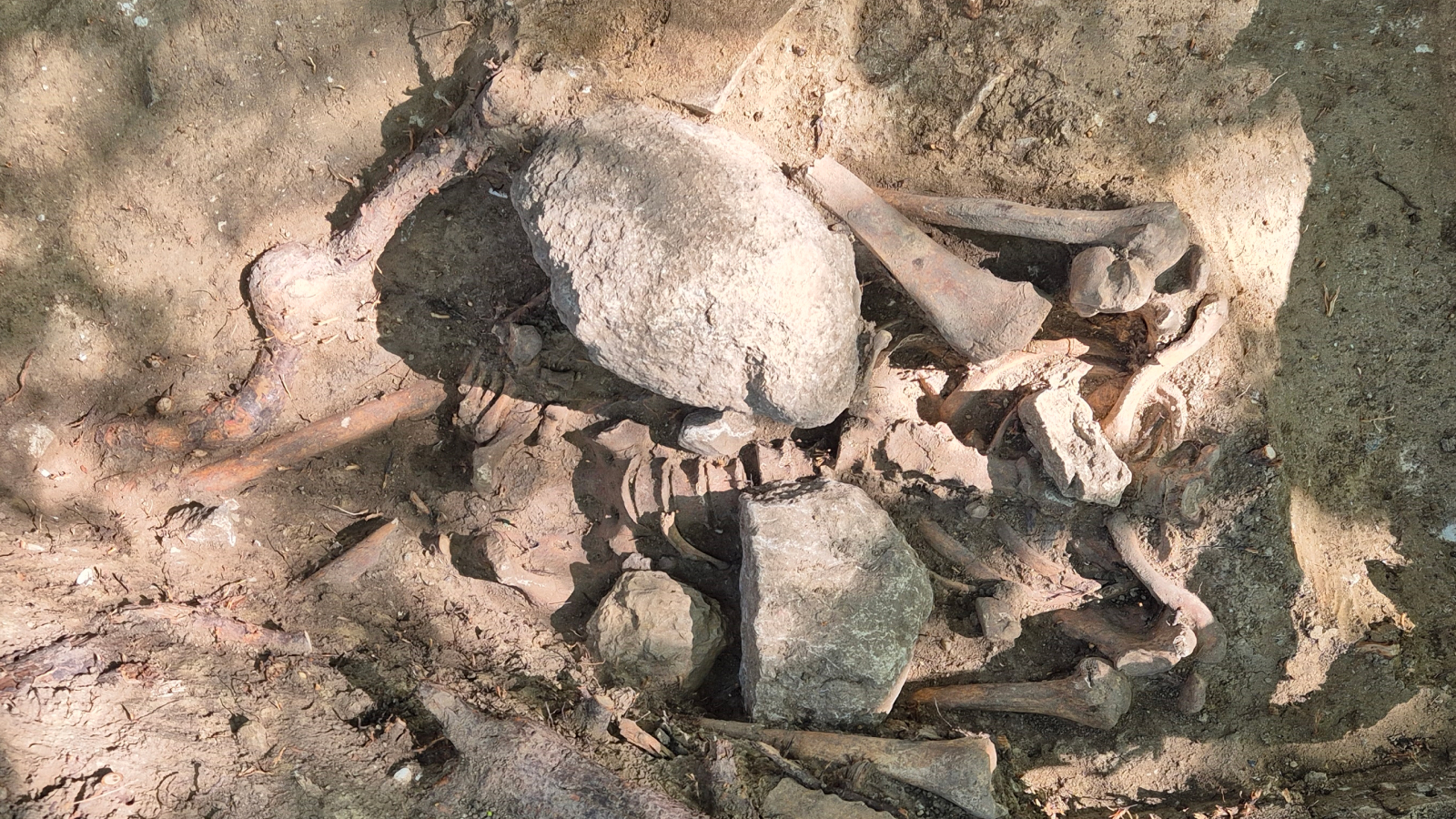Agriculture, Vol. 13, Pages 431: Validation of Genome-Wide SSR Markers Developed for Genetic Diversity and Population Structure Study in Grain Amaranth (Amaranthus hypochondriacus)
Agriculture doi: 10.3390/agriculture13020431
Authors: Gautam Vats Dimpi Das Rajat Gupta Akshay Singh Avantika Maurya S. Rajkumar Amit Kumar Singh Rakesh Bharadwaj Sandeep Kumar Surinder Kumar Kaushik Veena Gupta Kuldeep Singh Rakesh Singh
Grain Amaranth is the most promising C4 dicotyledonous pseudocereal and is distributed globally. It has an excellent nutritional profile and adaptability against a broad range of environmental factors. These traits have renewed the interest of researchers and breeders in exploring this underutilized orphan crop. The present study aimed to validate the genome-wide SSR to assess the genetic diversity among 94 Amaranthus hypochondriacus accessions using 57 genomic SSR (g-SSR) markers developed in-house. A total of 36 g-SSRs were recorded as polymorphic and amplified 138 alleles, with an average of 3.83 alleles per locus. Major allele frequency ranged from 0.29 to 0.98, with an average of 0.63 per marker. The expected heterozygosity ranged from 0.03 to 0.81, with an average of 0.46 per locus. Polymorphism information content (PIC) ranged from 0.03 to 0.79, with an average of 0.40, indicating a high level of polymorphism across amaranth accessions. Population structure analysis resulted into two major genetic clusters irrespective of their geographical origin, which suggests there may be sharing of common genomic regions across the accessions. High allelic frequency and heterozygosity levels indicate significant genetic variability in the germplasm, which can be further used in future breeding programs.

 1 year ago
66
1 year ago
66


